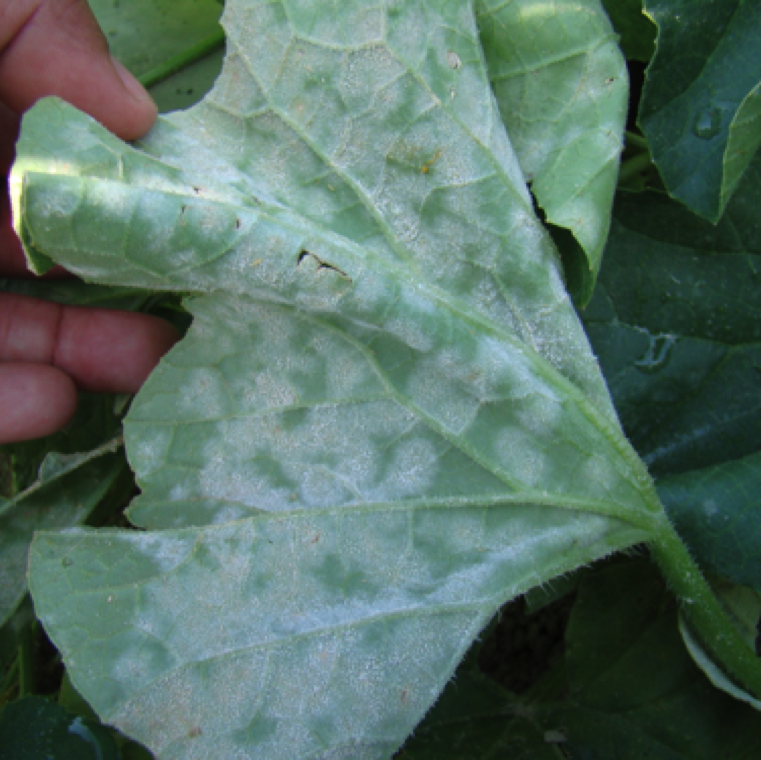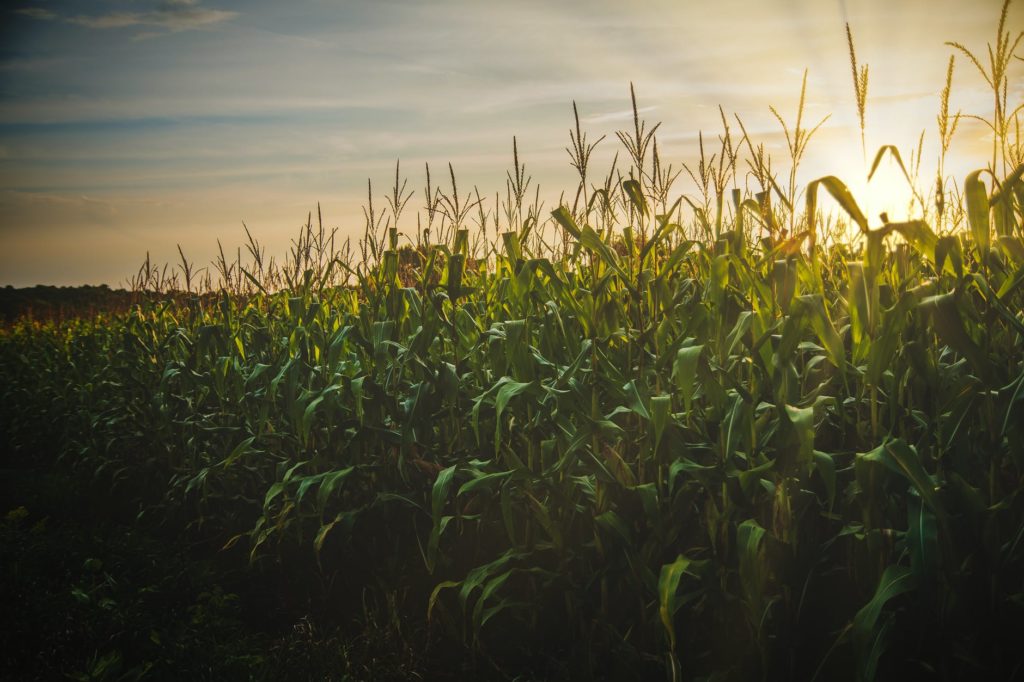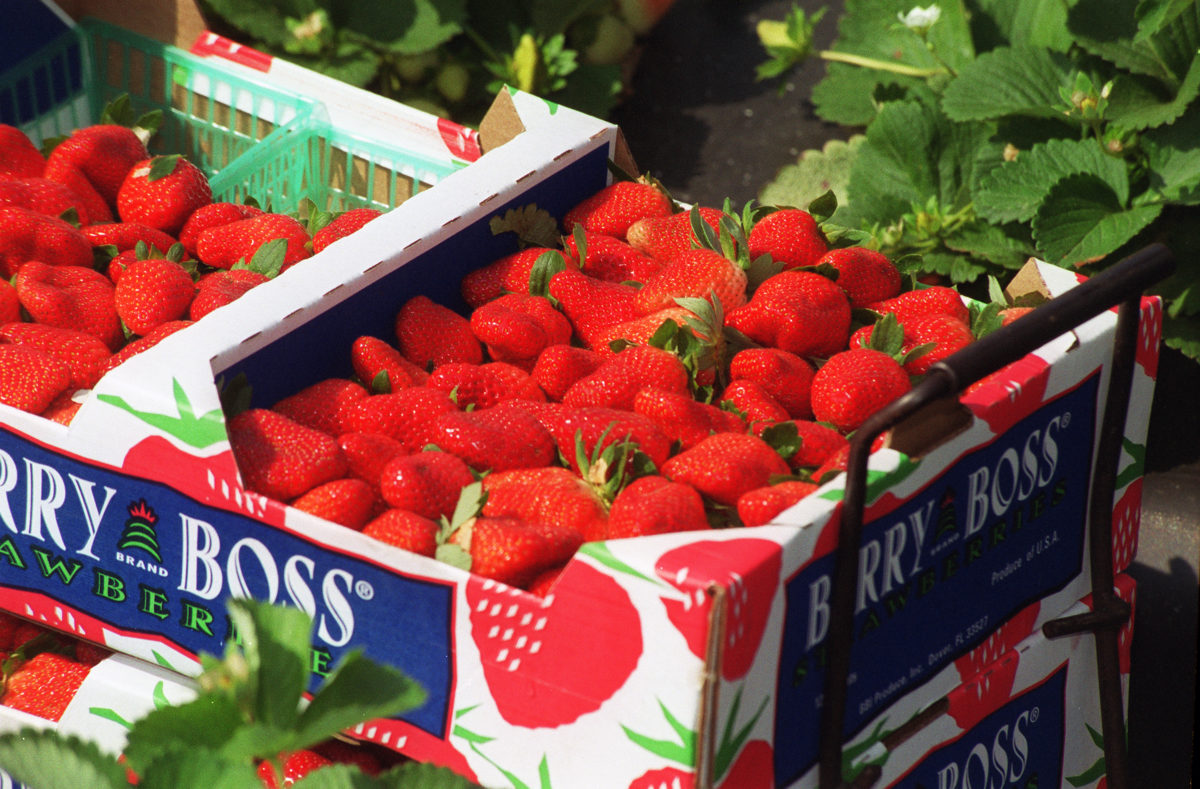Clemson Extension agents provide crop updates in The South Carolina Grower this week about the status of various crops being produced throughout the state.

Coastal Region
Rob Last reports, “Pests and diseases are beginning to increase in the area. Powdery mildew is apparent in cucurbit crops. The most efficacious treatments are Vivando and Gatten. Rotation is critical to protect these active ingredients from developing resistance. Downy mildew is in cucumber and cantaloupe crops, and given the recent rainfall, the conditions are improving for developing the disease in watermelons. Finally, on cucurbits, don’t forget the watermelon field day on July 14, starting at 8 a.m. at Edisto REC in Blackville. Tomatoes and peppers look great, granted bacterial spot is present at a low level. Fruit development looks good, but we are seeing some issues with sun scalding to peppers. Tomato fruit worms are also becoming regularly active in the area. Now is the time to order strawberry plants for next year to ensure you get the cultivars you like.”

Midlands
Justin Ballew reports, “We finally got some rain last week, though it wasn’t evenly distributed. Some areas south of Lake Murray got more than 3.5 inches, while areas north of the lake got as little as half an inch. A storm that came through Thursday evening brought hail that punched holes in the leaves of some crops, but overall, the damage was minor. The earliest plantings of sweet corn were picked last week. The pecan crop looks good at the moment. Scab is present, but at low levels, due to how dry it’s been. Caterpillar activity increased significantly in brassica fields in some areas this past week, so be sure to monitor that carefully. I’m seeing a fair amount of blossom end rot on tomatoes and peppers, so be sure you have your irrigation adjusted properly as it heats up again this week. Expect diseases to increase after the moisture we got recently.”
Phillip Carnley reports, “Much like elsewhere, Orangeburg and Calhoun are experiencing dryer growing conditions. Fortunately, we did get a reprieve late Friday evening. With these drier conditions, cucumbers have been growing well with few disease issues. Insects have also been less of a factor compared to last year. Squash are being harvested, and I have seen a gradual increase of squash borer. Leafy greens are coming along nicely, but this season has been particularly bad for imported cabbageworm. Scout early in the morning and keep an eye out for the adult butterfly. Treatment should be based on scouting data. Field peas are starting to flower and set pods. This is the most critical time to treat for cowpea curculio. The current spray recommendations for curculio management are to spray from flower to pre-harvest interval for your insecticide. Pyrethroid insecticides are about the only option for adequate control and should be used in rotation with other modes of action. Early after planting there was also increased thrips injury, but deer seem to be by far the biggest issue this season.”

Pee Dee
Bruce McLean reports, “I walked outside this morning, and there was a little bit of coolness in the air. This is a welcomed break from the heat of last week and unfortunately what is forecast for this week. This cool snap is going to be very short-lived as the summer heat returns. Vegetable crops (for the most part) are looking pretty good, although the heat is taking a toll on some. The high temperatures are causing problems with fruit set on tomatoes and some cucurbits. A lot of sweet corn is in tassel and silking. It’s a little early to tell, but pollination issues are expected. Blueberry and blackberry harvests have been hindered due to the heat as well. High temperatures can cause blueberry and blackberry fruit to become a bit soft… which is not a major problem for local markets, but can be for regional, national and international shippers. Blueberry harvest is transitioning to exclusively rabbiteye, as highbush berries are wrapping up. Blueberry volumes are good. Blackberries are harvesting pretty good volumes, but the end of the season is approaching quickly (in the Pee Dee). Muscadines are looking really good. Thrips activity has greatly diminished, as (wine/juice) muscadines have completed their initial flowering and fruiting stage. Disease pressure has been relatively low for small fruits this season. Over the last couple of weeks, southern blight (Sclerotium rolfsii) has been observed in tomatoes around the Pee Dee. Getting out the infected plant is necessary. Priaxor, Fontelis and Cabrio have shown efficacy at controlling southern blight if applied prior to disease development. It must be applied/reapplied as a basal spray. Rotating the crop with a non-host crop, like corn, is an effective means of control as well.”

Upstate
Kerrie Roach reports, “Strawberries are officially done for the season. Remember to make sure your orders are in for the fall plants. Blueberries and blackberries are coming in like wildfire. The weather has been wild the last week. Some areas got as much as an inch of rain on Friday, and temperatures in the last week were mid-to-high 90s. We also had a few areas with hail events. So as temperatures are cool today (Monday) and then are rising this week, keep an eye out for disease. Reports of pecan leaf phylloxera damage have come in. Typically, this is not problematic for production and only an unsightly issue. Our biggest issue we have seen this week is herbicide carryover in soil and compost, including reports of tomatoes with curling leaves and scrappy new growth. If you suspect carryover, please contact your local Extension agent, and review the following information from NCSU Extension.
Andy Rollins reports, “This past week I have seen damage from the excessive heat/solar radiation to multiple crops across three counties in the upstate, including blackberry, pepper, tomato and squash. I have seen damage to the fruit as well as the plants themselves. During times of extreme heat, it is important to manage watering by increasing irrigation events more than just increasing the length of each watering. Pulse-type irrigation causes water to spread out better to reach more of the root system. Double drip tape (running two drip lines per bed) is very helpful in alleviating this problem even though the cost of the tape would double. You can reduce emitter output to half of what you are currently using and still put out the same quantity of water over the same period of time if keeping pressure constant. This allows for the same run time and just better water distribution. Better watering practices help the plants transpire and regulate their own temperature and nutrient movement more effectively. But under extreme conditions, it may not completely eliminate the problem. Unlike tomato and pepper, the sun damage to the blackberry is from direct exposure and is only found on exposed fruit. The damage distribution to the peppers and tomato do not share this pattern.”











